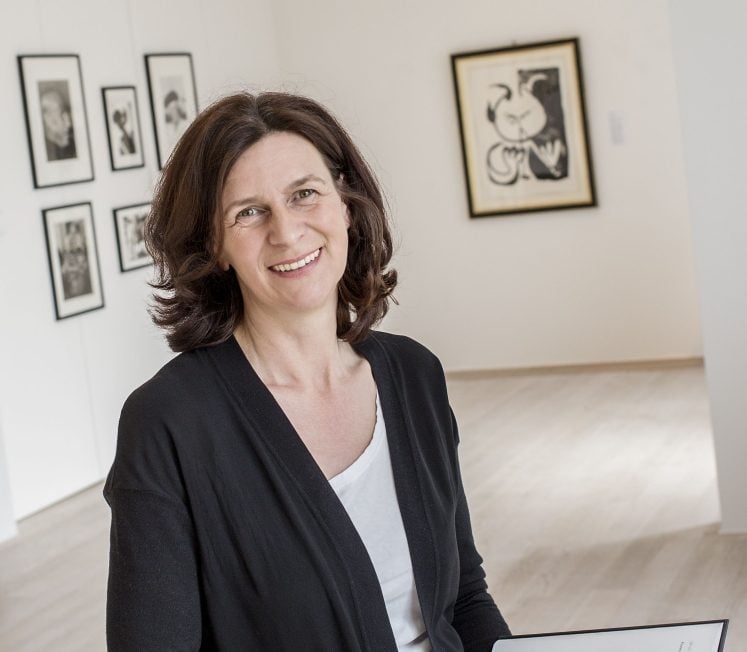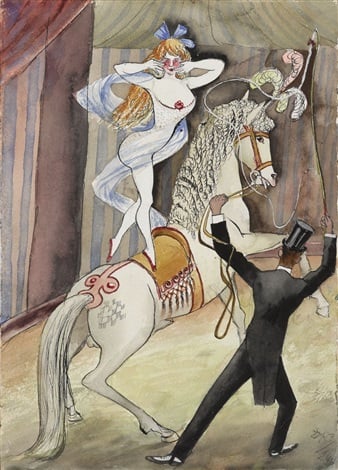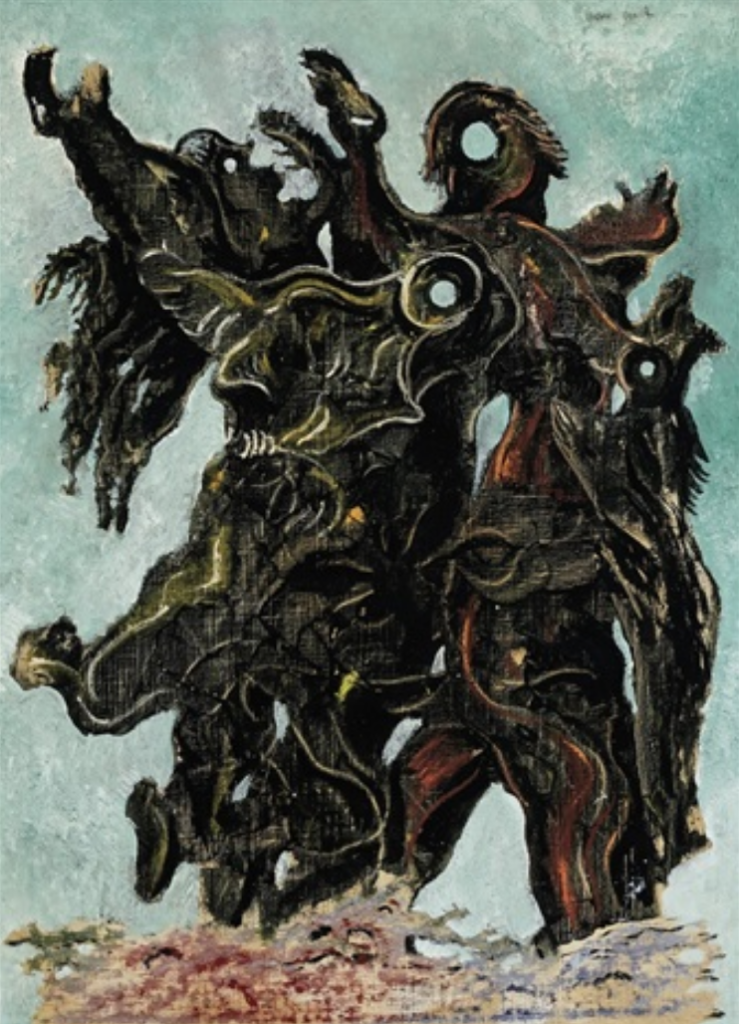What Munich-Based Art Dealer Silke Thomas Learned During Germany’s Extended Lockdown


Katie White

Munich-based gallerist Silke Thomas, a native of the city and an important leader in its gallery scene for decades, exudes a calm, unaffected manner. After studying to be an English translator and earning a degree in art history, she joined Galerie Thomas (the gallery her father founded in 1964) in 1997. In the 23 years since, she’s taken the helm and seen to expanding the gallery’s portfolio, establishing Galerie Thomas Modern, an important purveyor of German Expressionism, Modern, and Post-war art.
As galleries across Germany reopen with social-distancing measures in place, we caught up with Thomas to see what she learned about dealing in quarantine, what she predicts for the road ahead, the weirdness of face masks, and how a forced slowdown may have given collectors the respite to actually look.
Am I right to understand that your gallery is back open?
We are. We started two weeks ago. We are really happy about it. It does make a difference. It just feels very different when we go to the office. Not all of us, but we have a few people, me and the directors, and a couple of employees came into the office sporadically during the shut down as well, just because it felt different to be here.
What is the general feeling? Optimism, concern, caution?
Everybody’s quite happy. It’s been quite a long time and people are optimistic because they are able to open up again. They’re looking forward. I mean, the clients are too, and the visitors. But I’m quite positive there won’t be a big run to the galleries and museums. It’s not going to be overwhelming, but at least it’s active. And I think that’s all we can expect right now in a situation like this.

Otto Dix, Circus Scene (Riding Scene) (1923). Courtesy of Galerie Thomas.
What are the rules you have to follow for social distancing and how is that going?
We’re all supposed to keep one and a half meters away from each other, which is not so hard. We have a rather large gallery space. What is much more difficult is that we are obliged to wear masks. You have to make it work, but it feels weird, almost silly. What’s more, it’s hard to tell how the other person feels. So now, we have to communicate in a more open and more transparent way. I think that’s something that we have to learn.
How do you think this will affect the art world going forward?
It’s not easy to say. I think we have to have the conversation at a later point in time since it’s still an ongoing process. What did change is that we are focusing again on personal relationships. During the lockdown, we did a lot of digital promotion. Now people are starting to get back on the phone and talk to each other, and that’s really nice actually.
How have conversations changed?
Offering works directly is difficult because you do not know what situation a client might be in if you haven’t spoken in a while. It’s a tense situation. So we’re more sending out general information and keeping in touch but hopefully also entertaining people.
Do things feel like they are returning to normal at all?
The first two or three weeks after the stay-at-home orders were very, very still. With the early closure of TEFAF Maastricht, it was a difficult about-face because you come from the gallery running on top speed, and then all of a sudden it stops. People were shocked and frozen. But the last two or three weeks, it seems to me that people are starting to be interested again and starting to inquire. The sales are fewer, but they’re happening, with people just now following up on works we were speaking about at TEFAF. So I’m quite happy about that.

Max Ernst, Femmes traversant une rivière en criant (1927). Courtesy of Galerie Thomas.
What are the silver linings to our current circumstances? What do you have planned for the future?
One of the benefits of working primarily in the secondary market is that you don’t have so many obligations to living artists. We do not have to call artists and say, “Look, your exhibition is going to be postponed.”
As I would do anytime this year, I’m planning the gallery’s annual sculpture catalogue. Part of the reason I decided to keep this up is that people actually have the time to enjoy it.
We recently sent our masterwork catalogue, where we present just 10 to 12 works with an essay and a recap of what happened in the year. It tends to be a bit more detailed. We shipped those out with no idea of what was to come. What was quite interesting is that a surprising number of people did take the time to read something like that, with a bit more depth.
The response refocused important questions for me: What is the function of art in a time like this? I was astonished that people reached out just to ask how we were. And I think that got me to the question of why we are important. Art can offer a certain depth and a certain validity to life. And in times like these, when you’re made to contemplate the essence of what you’re doing in your everyday life, art seems to give back and provide something that goes beyond our little, threatened daily routines.
What are you most looking forward to when things finally do go back to normal (or normal-ish)?
Business-wise, we are absolutely fanatic fair-goers. I do love the art fairs, I admit it. And they’re always successful for us, so that’s something which is going to be hard to miss for the next half-year. There won’t be a fair before autumn, earliest. And even then, that’s a tough one. Will we be talking to people without masks?
In life, more broadly, I miss the lightness of being able to plan ahead. I think that’s the same for everybody. We have been very spoiled, I think, and we weren’t aware of what kind of freedom we experienced to be able to move freely. In a way, it’s nice to have that freedom made clear to us again and the kind of possibilities we’ve enjoyed without knowing it.
What’s your hope for the future, both of the gallery, and in general?
I’d be happy if this was an experience in which we learned something. There are many things which we did not expect to work which are actually working. Maybe we know now that we don’t have to jump on every plane all of the time. More than that, I think the moderation of expectations and the civility of communication is another important takeaway. Not every email has to be responded to in 30 seconds. We can take a kinder, gentler approach to one another.
“From Munch to Uecker: Masterpieces From Classic Modernism To Contemporary Art” is on view at Galerie Thomas through June 27, 2020.